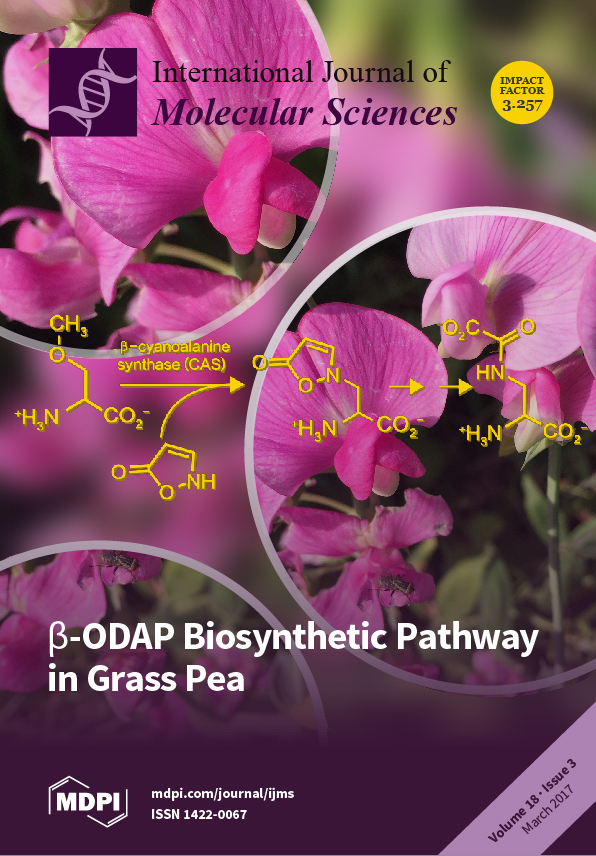Tumor necrosis factor α (TNFα) is known to upregulate the expression of receptor activator of NF-κB ligand (
RANKL). We investigated the role of the calcineurin/nuclear factor of activated T-cells (NFAT) signaling pathway in TNFα-induced
RANKL expression in C2C12 and primary cultured
[...] Read more.
Tumor necrosis factor α (TNFα) is known to upregulate the expression of receptor activator of NF-κB ligand (
RANKL). We investigated the role of the calcineurin/nuclear factor of activated T-cells (NFAT) signaling pathway in TNFα-induced
RANKL expression in C2C12 and primary cultured mouse calvarial cells. TNFα-induced
RANKL expression was blocked by the calcineurin/NFAT pathway inhibitors. TNFα increased NFAT transcriptional activity and subsequent
RANKL promoter binding. Mutations in the NFAT-binding element (MT(N)) suppressed TNFα-induced
RANKL promoter activity. TNFα increased prostaglandin E2 (PGE
2) production, which in turn enhanced NFAT transcriptional activity and binding to the
RANKL promoter. MT(N) suppressed PGE
2-induced
RANKL promoter activity. TNFα and PGE
2 increased the expression of
RANKL, NFAT cytoplasmic-1 (NFATc1), cAMP response element-binding protein (CREB), and cyclooxygenase 2 (COX2); which increment was suppressed by indomethacin, a COX inhibitor. Mutations in the CRE-like element blocked PGE
2-induced
RANKL promoter activity. PGE
2 induced the binding of CREB to the
RANKL promoter, whereas TNFα increased the binding of both CREB and NFATc1 to this promoter through a process blocked by indomethacin. The PGE
2 receptor antagonists AH6809 and AH23848 blocked TNFα-induced expression of
RANKL, NFATc1, and CREB; transcriptional activity of NFAT; and binding of NFATc1 or CREB to the
RANKL promoter. These results suggest that TNFα-induced
RANKL expression depends on PGE
2 production and subsequent transcriptional activation/enhanced binding of NFATc1 and CREB to the
RANKL promoter.
Full article






